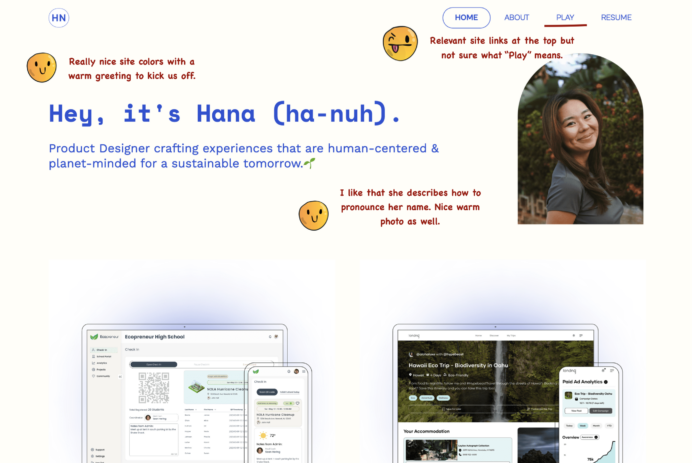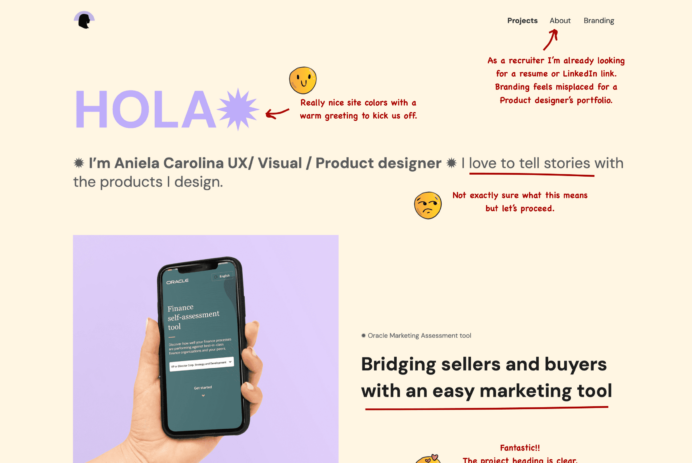Updated for 2025 Have you ever looked for free UX design tools online only to find that the software has a trial version for 30 days or asks you to start a trial with your credit card? Definitely not helpful. So I decided to compile 5 UX Design tools that are actually free wireframing tools […]
Read more












